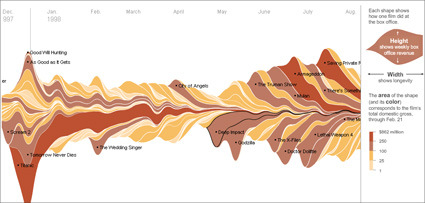
New Coke was considered an unequivocal slam dunk in taste tests against Classic Coke but was subsequently a failure of epic proportions when it went to market. Conversely, the Absolut Vodka bottle design was universally panned in focus groups. A courageous Michel Leroux, then the brand manager of the new vodka, pressed for its launch, and the brand set international sales records. The Absolut bottle is now considered a contemporary design icon. So when the demand for validating design solutions is so strong, yet research is seemingly so fraught with pitfalls, what is a designer to do?
Design or market research is always a thorny issue. On one hand, we’re always brought up to believe that we should respect the consumers and give them what (they say) they want. On the other hand, we’ve seen how consumers don’t really know what they want (as seen by the short quotation above). So, what’s a designer/researcher got to do?
AIGA (American Institute of Graphic Arts) tries to probe a little – here’s an article giving a quick rundown of the more common approaches in market research: ethnographic research, focus group, eye-tracking and online-testing, listing down a short description of the method, the challenges and the advantages. While the article may not be really groundbreaking in research approaches, it certainly is a very good primer on some of these more common techniques.






